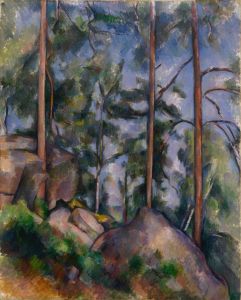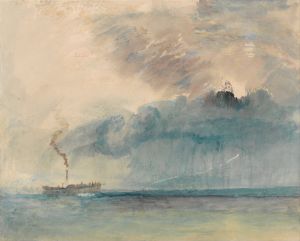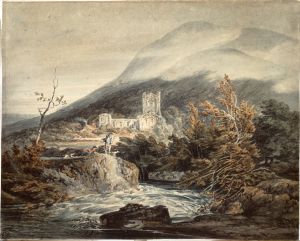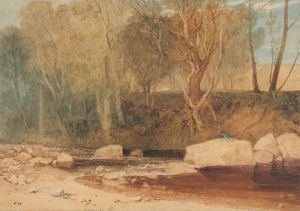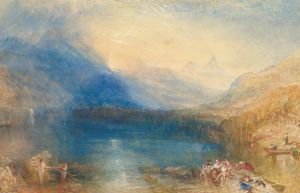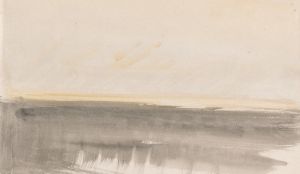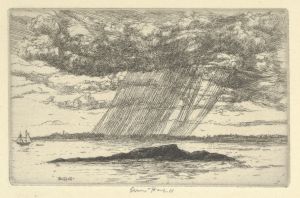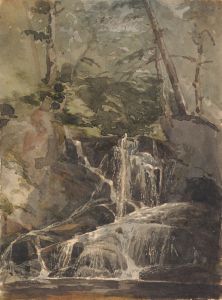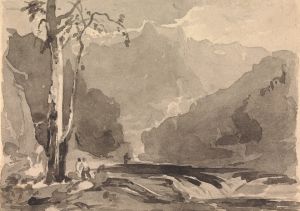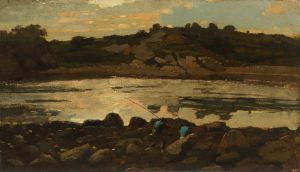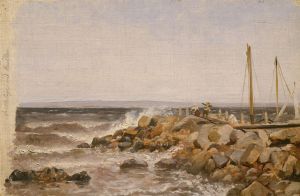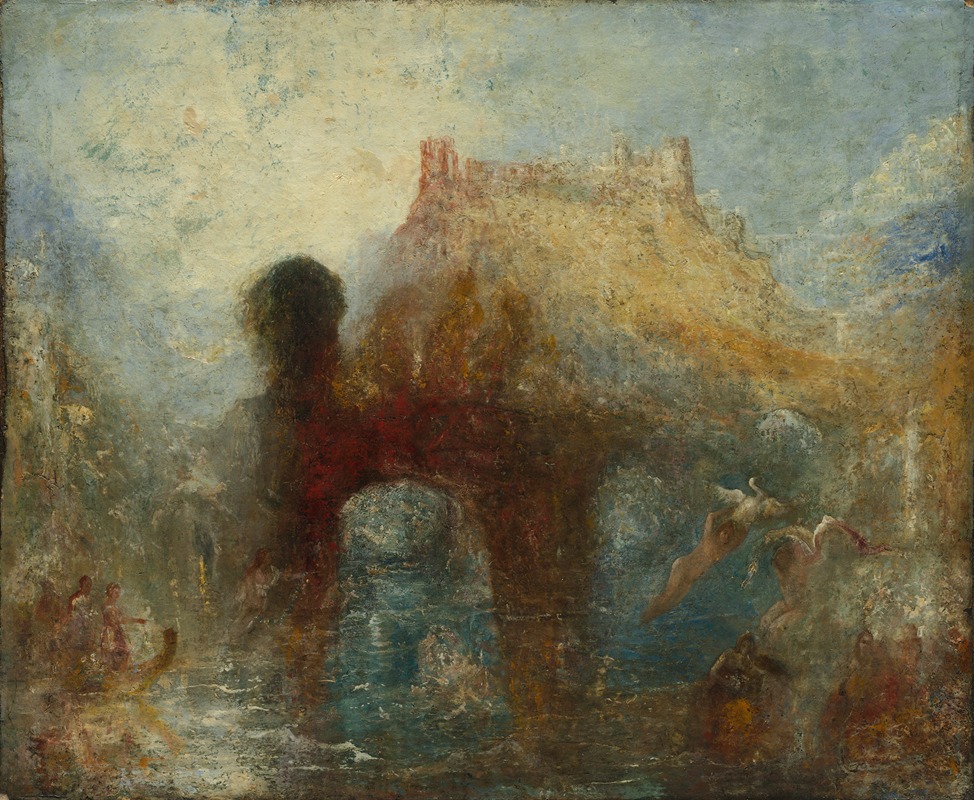
Queen Mab’s Cave
A hand-painted replica of Joseph Mallord William Turner’s masterpiece Queen Mab’s Cave, meticulously crafted by professional artists to capture the true essence of the original. Each piece is created with museum-quality canvas and rare mineral pigments, carefully painted by experienced artists with delicate brushstrokes and rich, layered colors to perfectly recreate the texture of the original artwork. Unlike machine-printed reproductions, this hand-painted version brings the painting to life, infused with the artist’s emotions and skill in every stroke. Whether for personal collection or home decoration, it instantly elevates the artistic atmosphere of any space.
"Queen Mab’s Cave" is a painting by the renowned British artist Joseph Mallord William Turner, commonly known as J.M.W. Turner. Created in 1846, this artwork is an example of Turner’s later style, characterized by his use of light, color, and atmosphere to evoke emotion and imagination. The painting is inspired by the mythical Queen Mab, a figure from English folklore and literature, who is often depicted as a fairy or spirit associated with dreams and fantasy.
The painting portrays a fantastical, dreamlike landscape, with a cave as its central feature. Turner’s use of luminous colors and swirling forms creates an ethereal atmosphere, inviting viewers to interpret the scene through their own imagination. The composition reflects Turner’s fascination with the interplay of light and shadow, as well as his interest in the sublime—a concept that evokes awe and wonder in the face of nature’s grandeur.
"Queen Mab’s Cave" is believed to have been influenced by literary sources, particularly William Shakespeare’s "Romeo and Juliet," where Queen Mab is mentioned in a famous speech by the character Mercutio. In this speech, Queen Mab is described as a tiny fairy who influences people’s dreams. Turner’s painting, however, does not directly illustrate the text but instead captures the spirit of imagination and mystery associated with the character.
The painting is part of the collection at the Tate Britain in London, where it is preserved as an important example of Turner’s later works. Turner’s innovative techniques, including his use of oil paints to achieve a watercolor-like effect, are evident in this piece. His approach to blending colors and creating atmospheric effects had a significant influence on later art movements, including Impressionism.
As with many of Turner’s works, "Queen Mab’s Cave" demonstrates his ability to transcend traditional landscape painting by infusing it with poetic and emotional depth. The painting remains a testament to Turner’s artistic genius and his ability to merge the real and the imaginary into a cohesive and evocative vision.





